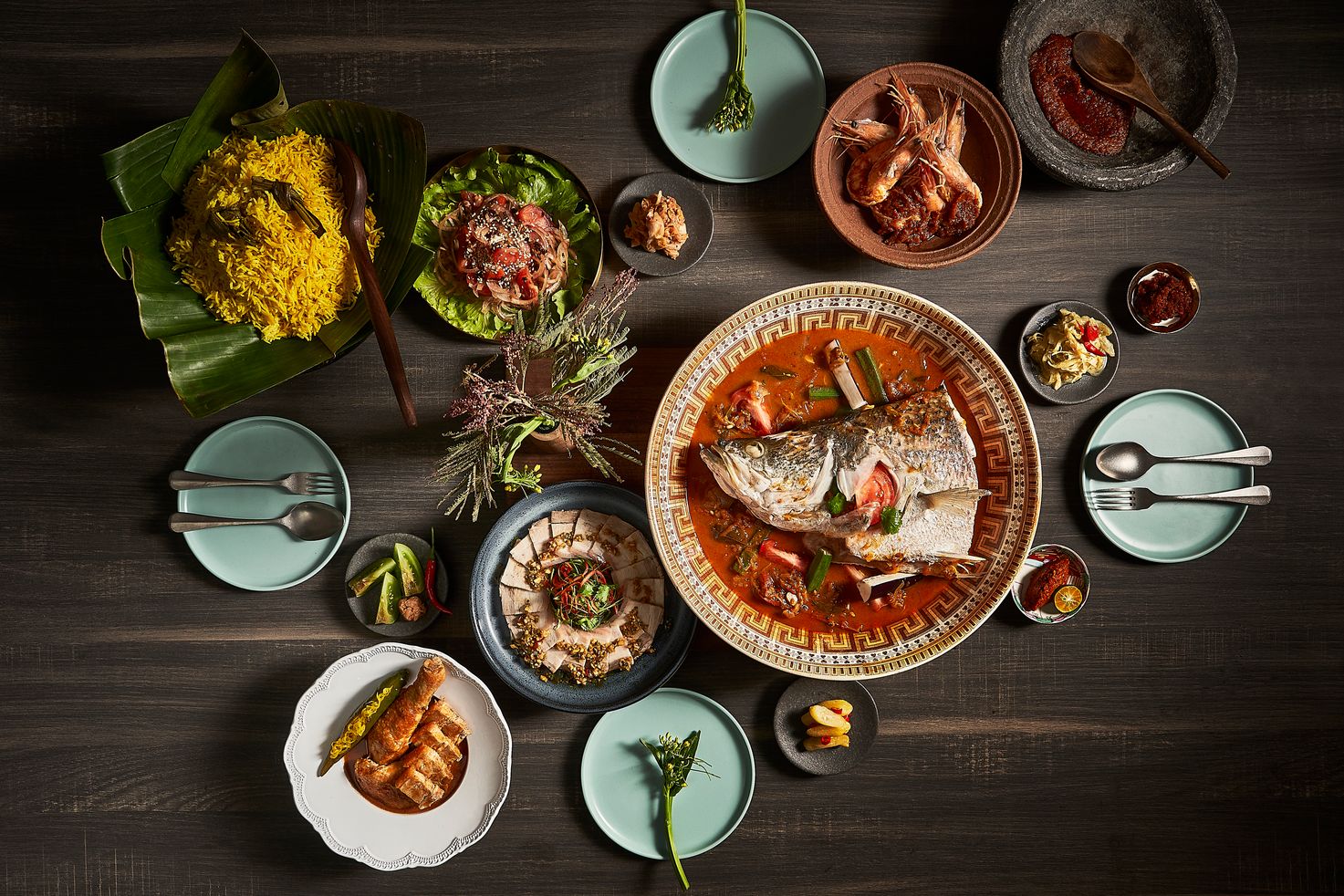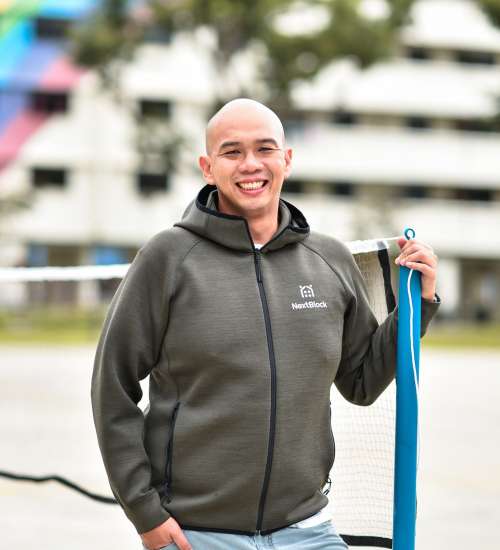Can you share with us your earliest memory of wanting to know more about Singapore’s food culture and history? What urged you to champion heritage dishes?
My earliest memory of "preserving" heritage food was probably when my Granddad asked me why I wanted to learn cooking? With the innocent voice of a 10-year-old, I said, "What if you die, who's going to cook for me? Mum's cooking is so different from yours".
It didn’t become an obsession until The Soul Kitchen restaurant that it took a more determined route. I was cooking European with the occasional request for heritage food. After about two years contemplating on what I should do, I finally decided that I will advocate heritage cuisine as long as I'm still cooking.
Thus began my journey of discovery – intrigue with stories from people, some who have passed on, some on the brink of death, and some in their 90's that are still sprightly and will give you a telling off if they knew you tweaked their recipe!
When someone asks for a dish that best represents Singapore, most would say Hainanese chicken rice, while others might argue that it’s chili crab or rojak. For someone like you with a vast knowledge of local cuisine, what dish best represents Singapore?
I've been asked this question many times and the answer is still the same: Mee Siam.
It's one of the very few dishes that have variations of all the ethnicities – Chinese, Malay, Indian, Peranakan, and Eurasian. They are similar, but each one has its unique take. The gravy could be sweeter, more sour, thicker, thinner, or even with a shade of pink. Moreover, the technique, albeit similar, can be different by using an ingredient that makes the dish have a particular ethnic touch. You could say it's like our culture: A mix of different races, religions, language, and quirkiness.
You’ve had years of experience cooking a variety of heritage Singaporean dishes at different restaurants – from Immigrants, Folklore, to KIN. What lessons have you learned at those restaurants that you’ve applied at Rempapa?
I didn’t do anything particularly different, especially when it came to ingredients, preparation, and execution. What I did change was the look and feel of the restaurant. Rempapa has to make everyone, regardless of age, comfortable and have the feeling that you're in someone's home. A lot of emphasis was placed on service as well.
The menu at Rempapa is both extensive and varied. What kind of experience do you want diners to get when they dine there?
I personally don't think it's that extensive (I hope my kitchen staff doesn’t read this!). I would definitely want to do more, but it's really challenging when you do not have enough staff for front of house.
I want to eventually have every item on the menu become a favorite, then it will be time to revamp the menu; to start all over again and show our diners that there is so much more to appreciate and treasure with heritage cuisine.
(Related: A national day feast at Rempapa not to be missed)
Singaporeans love to refer to themselves as passionate foodies. But beyond eating and being wildly protective of local cuisine, what else can they do to further their knowledge of Singapore food culture?
They need to be open to the different aspects of heritage cuisine. Right now, most diners have only managed a whiff of what true heritage food is. My generation, as well as the one before, grew up eating nose to tail and there is so much that we do not know or even understand – from the ingredients to the myriad styles of dishes from different ethnicities.
We have become so comfortable with hawker fare or instant food that we lost the appeal of long, slow cooking. Even when it comes to buying seafood, we hardly stray from what we are comfortable with. Most of the time, we don't even realize that our seafood is seasonal and there is a best time for specific fish, crustaceans, and shellfish.
Food became a lifeline for a lot of people at the height of the pandemic. People turned to it as a source of comfort, while for some, it became a form of livelihood. What memory or incident stood out the most for you during that period?
I think it became very clear to me that for most, stocking your home with instant food, as well as your freezer, was fundamental. I very rarely have a stocked freezer.
That period also taught me to make use of ingredients in different and imaginative ways to appease taste buds.
Of course, my thoughts and concerns also went to the foreign laborers that were fed a cuisine that they were not only unfamiliar with, but also tasteless. Sometimes, we forget how important it is to love your neighbour.
There is a new generation of chefs, cooks, hawkers, and home-based entrepreneurs that are reinvigorating local cuisine. Are there any standouts?
It's invigorating to know that from something bad like the lockdown, so much good also came from it. I won't mention anyone, but I salute all the home entrepreneurs who have come from nowhere to present to all of us dishes, kuehs, and so much more that we would never have been able to sample if not for Covid.
Can you describe a meal that brings you the most comfort and joy?
Teochew Mui – period! It's my last dying dish. Simple but complex.







.jpeg)





 Back
Back
